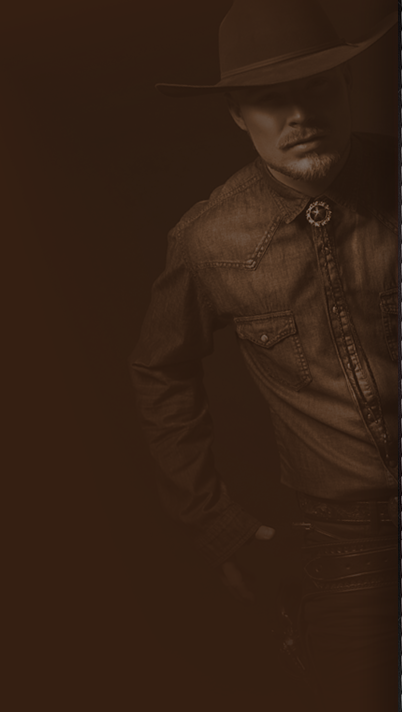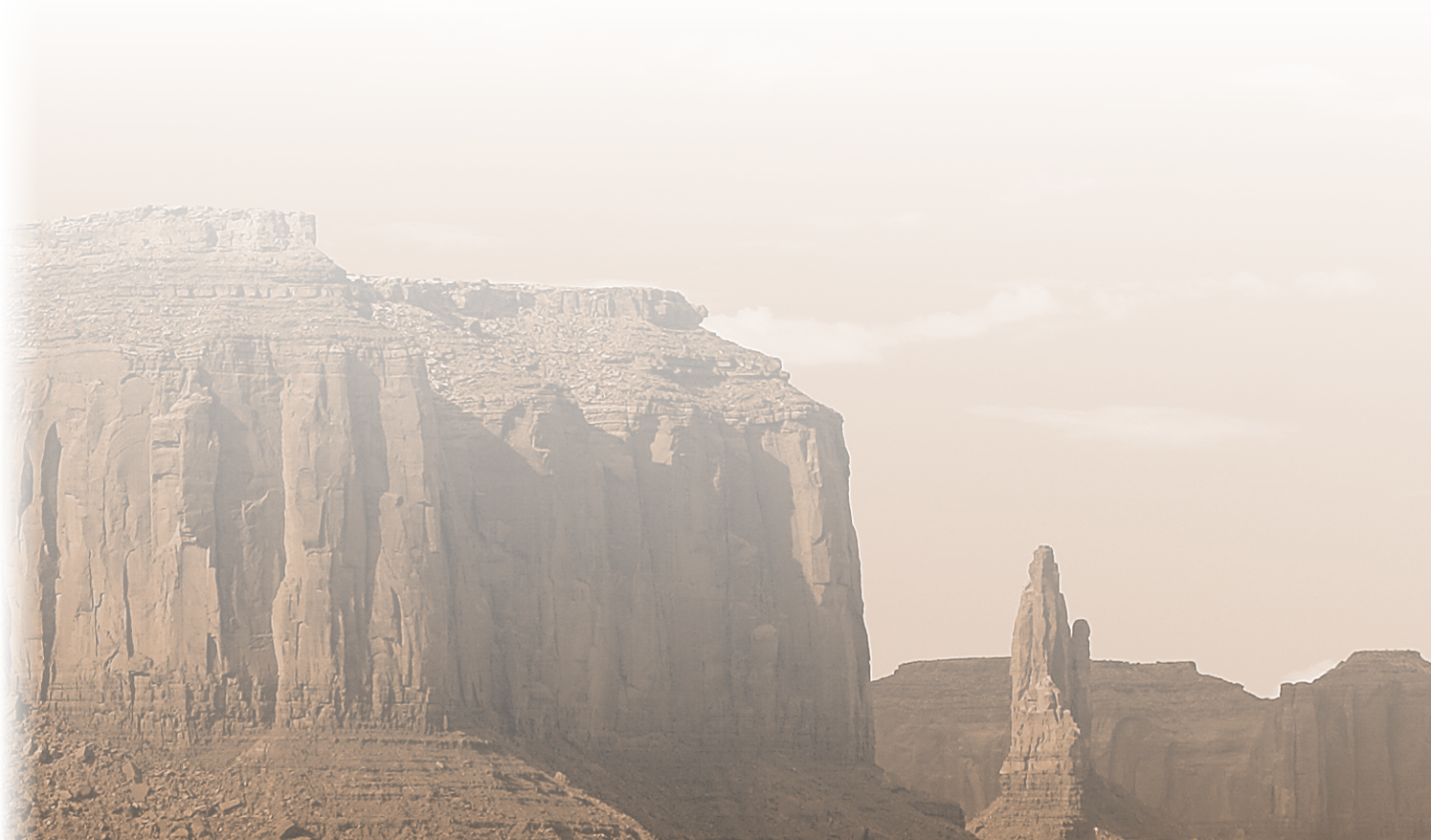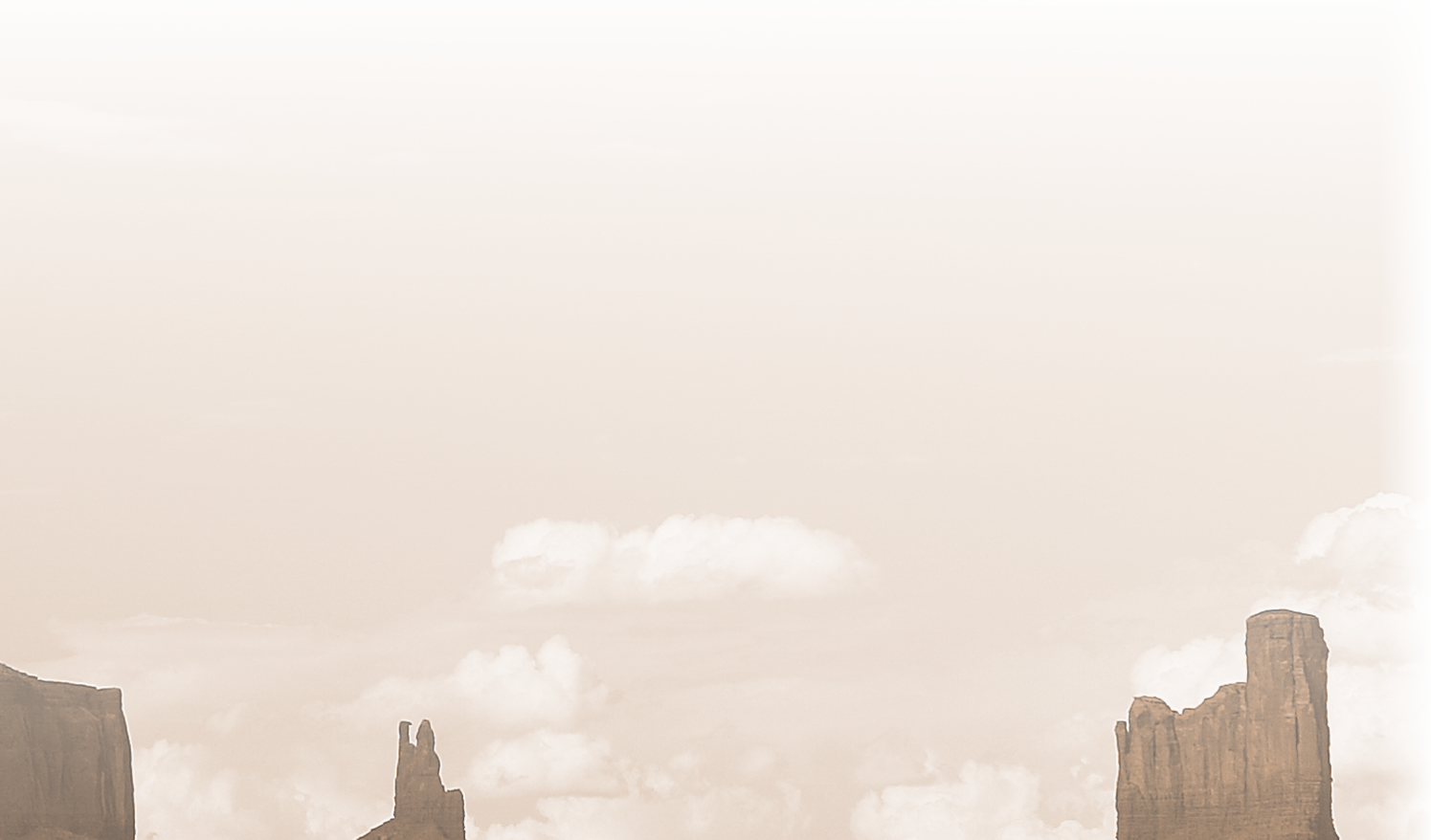The Best Defensive Caliber
on 26th Oct 2021
By Ben Baker
A great way to start an argument is to say what is the best caliber for defensive carry.
Around the world and certainly in the US, the 9mm is at the top of the heap. Other top calibers are the .40 S&W, .380, 45 ACP and the .38 Special.
So what is the top caliber for defensive carry? The short answer is: the caliber that does what you need it too.
Recoil
Can you handle the recoil?
A 9mm double-barrel derringer with hot loads is going to rear back with force when that hammer drops. The small, light frame and the small grip take some getting used to. A 1911 Government model .45 ACP with light loads is easier to handle.
Compare either one to a .500 S&W snub nose shooting 700-grain projectiles. Scott DeShields at Kentucky Ballstics takes the guesswork out of shooting that wrist-mangler.
On the opposite end of the recoil spectrum is the .25 ACP. Some people say it is worthless. J. David begs to disagree. Read his story of self defense and a .25 ACP here. His story is backed up by area news accounts from 2000.
Ridiculous comparison? No. Your self-defense firearm needs to stop what you can expect to encounter. If you are in the wilds of Alaska on a hunt, you need enough firepower on your hip to literally stop a grizzly bear. Walking the streets of a major US city means you need enough stopping power to handle two-legged varmints.
Our recommendation: Shoot a few handguns. Find a gun that fits your grip and find a load that you can shoot 100 or more times at the range without pain and fatigue. Avoid magnum calibers.
Reasons For Carry
Why are you carrying a firearm for self-defense? From what do you need to protect yourself and the people important to you? Match your gun to the circumstances.
For instance, picking wild blackberries in the South means you are likely to encounter a snake. A Judge with .410 birdshot shells is all you need to dispatch a venomous no-shoulders. If you are picking wild plums in western Colorado, you might encounter a snake and you might encounter a cougar. Your defensive carry must stop a cougar.
If you are carrying in a major city, you have an additional concern that goes beyond stopping power. You have got to be aware of how far your bullet will go and how much it will go through.
Our recommendation: A 9mm or .380 is excellent for daily carry, but get a magnum or hunting-class sidearm for being in the woods with dangerous critters.
Penetration
Penetration must be considered. Over-penetration is why most law enforcement agencies now carry JHPs as the preferred round in a service firearm. JHPs, except in unusual circumstances, do not penetrate as far as hardball ammo.
“You are responsible for the entire path of every bullet you fire from your gun. If you hit your intended target, the bullet may still continue through,” says the Armed Defense Training Association.
In other words, you shoot and stop the threat. Your bullet then goes on. In the woods, this is much less of an issue. As long as you know where your companions are, you generally have a clear field of fire.
In a city, a crowded restaurant, church or a concert, getting a clear field of fire with a safe background is much harder to find. When you need your defensive gun, you may not have a minute or so to check the background. You have a second or two to line up and take your shot.
Ammo with limited penetration reduces the chance of you shooting through the threat and striking a bystander.
Our recommendation: Again, ammo is situation-specific. For most of North America, JHP in magnum calibers is enough for stopping four-legged attackers. For urban use, the .38 Special, .380, 9mm, light loads in the .40 S&W and the .32 ACP with JHP is ideal. These rounds generally will not over penetrate.
Concealable
As DeShields points out in his .500 S&W video, the hoglegs are not easy to conceal. If you need to carry concealed, then a small-frame handgun is best. You can get a compact or subcompact auto or a snub-nose revolver.
As you lose weight on the gun, the drawback is that you also lose ammo capacity and increase recoil. Overcome the ammo issue with concealed carry mag holsters or strap a backup to your ankle.
At the same time, access is critical. If you carry your piece so well-concealed you just about have to remove your pants to get to it, it is not much good. Sound funny? Some people actually carry that way. Don’t be that person. Tucker Gunleather offers a huge variety of concealable holsters that let you get to your gun in a hurry.
Our recommendation: 9mm is about the biggest you can get here, unless you are an experienced shooter and can handle the increased recoil of compact .40s and .45s. The 9mm again is a top choice with the .38, .380 and .32 family being good choices.
One Last Thing
No matter what you choose, practice, practice and then practice more. You must be able to shoot straight in an emergency.










